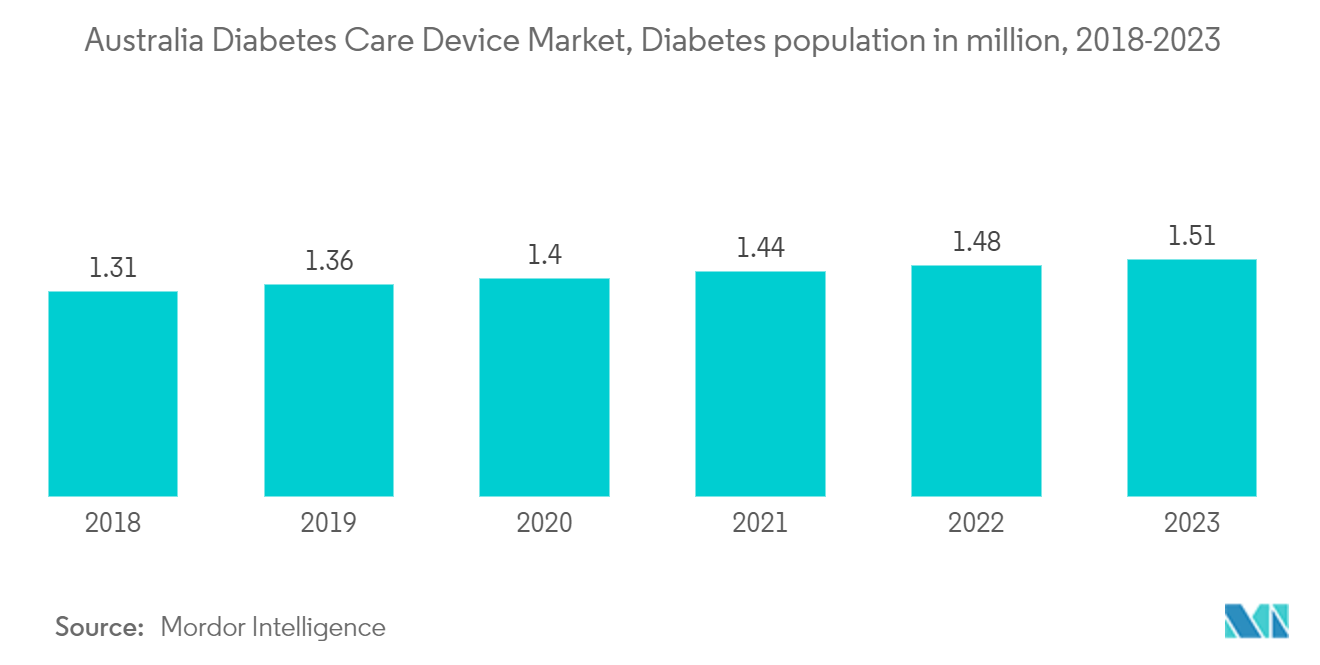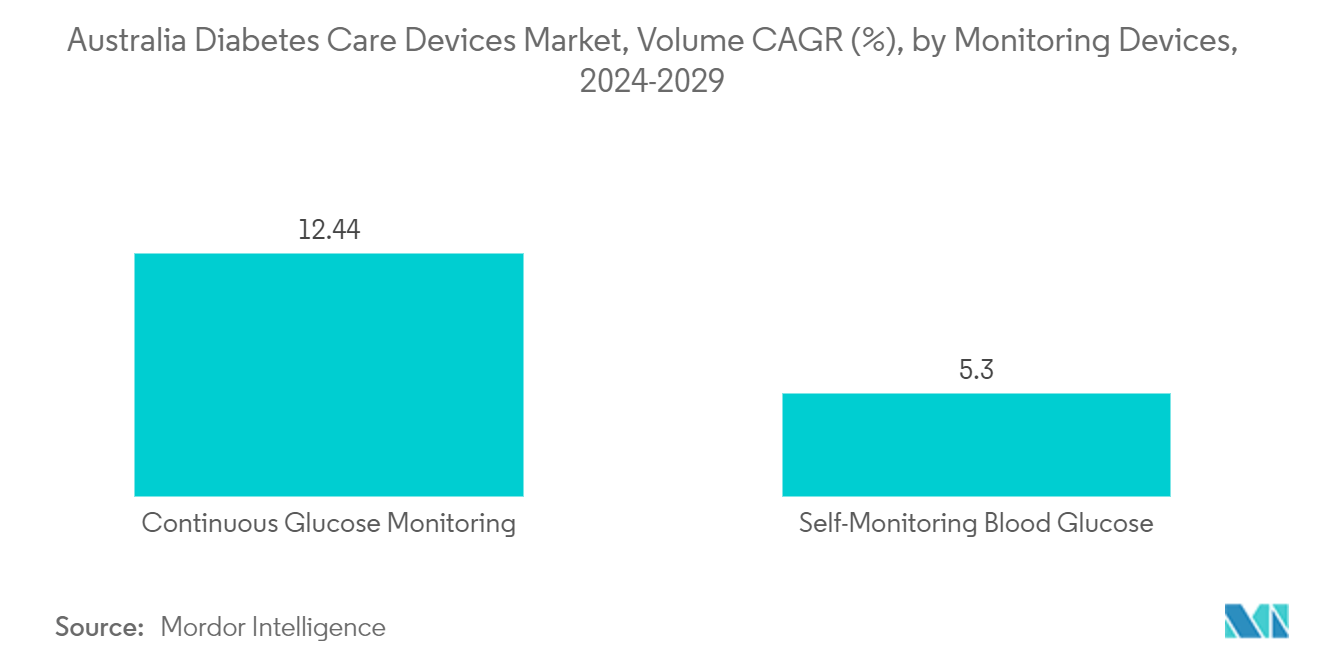Market Trends of Australia Diabetes Care Devices Industry
Increasing Diabetes Prevalence
According to Diabetes Australia, diabetes is the fastest-growing chronic condition in Australia, increasing faster than other chronic diseases such as heart disease and cancer.
Currently, almost 1.9 million Australians contain diabetes, including all types of diagnosed diabetes (almost 1.5 million known and registered) and undiagnosed type 2 diabetes (up to 500,000 estimated). The incidence of diabetes in children and young people is increasing. Almost all children and young people with diabetes include type 1 diabetes. In addition, children are developing type 2 diabetes at younger ages. Children and young people with type 1 and type 2 diabetes contain specific needs, such as access to care from a multidisciplinary pediatric diabetes team and to diabetes treatments and supporting technologies.
One of the main aims of diabetes treatment is to keep blood glucose levels within a specified target range. It can be achieved by balancing food with activity, lifestyle, and diabetes medicines. Blood glucose monitoring readings provide the information required to determine the best management strategy for diabetes. Keeping blood glucose levels within a target range can help reduce a person's risk of developing diabetes-related complications such as diabetic retinopathy, heart diseases, kidney diseases, etc.
The number of times people with diabetes use insulin will check their blood glucose levels varies according to several factors. People with type 2 diabetes who do not use insulin may not need to check their blood glucose levels as regularly. However, they may find a period of structured self-monitoring to be helpful.
The Australian Government includes an important role in maintaining access to affordable, high-quality medicines, devices, and services to support people with diabetes in self-management and treatment. It supports people with diabetes through the National Diabetes Services Scheme, the Pharmaceutical Benefits Scheme, the Insulin Pump Program, and Medicare and other funding. State and territory governments also include an important role in preventing and treating diabetes. All levels of Government share responsibility for health services in Australia and ensure that systems work together to produce the best options for people, regardless of their geographic location.
The Australian National Diabetes Strategy is designed in response to diabetes and informs how existing limited healthcare resources can be better coordinated and targeted across all levels of Government. This Strategy identifies the most effective and appropriate interventions to reduce the diabetes impact in the community and leads the way internationally in diabetes prevention, management, and research.
Thus, the market is expected to grow over the forecast period owing to rising prevalence and government support initiatives.

The Continuous Glucose Monitoring Segment is expected to dominate the Australian Diabetes Care Devices Market
The continuous glucose monitoring segment is expected to witness a CAGR of more than 12.7% over the forecast period.
A CGM is used by inserting a small sensor into the abdomen or arm with a tiny plastic tube known as a cannula penetrating the top layer of skin. An adhesive patch holds the sensor in place, allowing it to take glucose readings in interstitial fluid throughout the day and night. Generally, the sensors must be replaced every 7 to 14 days. A small, reusable transmitter connected to the sensor allows the system to send real-time readings wirelessly to a monitor device that displays blood glucose data. Some systems come with a dedicated monitor, and some now display the information via a smartphone app.
Continuous glucose monitoring became a popular alternative to the portable finger-prick glucometers available in the market for the convenience of diabetic patients. Continuous glucose monitoring sensors use glucose oxidase to detect blood sugar levels. Glucose oxidase converts glucose to hydrogen peroxidase, which reacts with the platinum inside the sensor, producing an electrical signal to be communicated to the transmitter. Various promising glucose-sensing technologies, from traditional electrochemical-based glucose sensors to novel optical and other electrical glucose sensors, are developed, positively impacting the market growth.
The National Diabetes Services Scheme (NDSS) is an initiative of the Australian Government. Once the patient is registered with the NDSS, blood glucose monitoring products can be accessed at subsidized costs. Registration with the NDSS is free and open to everyone in Australia with a Medicare card diagnosed with diabetes. The patient and a healthcare team member must fill out NDSS registration forms. The NDSS subsidizes the blood glucose monitoring strips. People with type 1 diabetes are eligible to access subsidized FGM and CGM.
Furthermore, the current continuous glucose monitoring devices can either display the trends in blood glucose levels by downloading the data or give a real-time picture of glucose levels through receiver displays. Continuous glucose monitoring devices are becoming cheaper with the advent of new technologies, like cell phone integration, which is likely to drive the segment.


